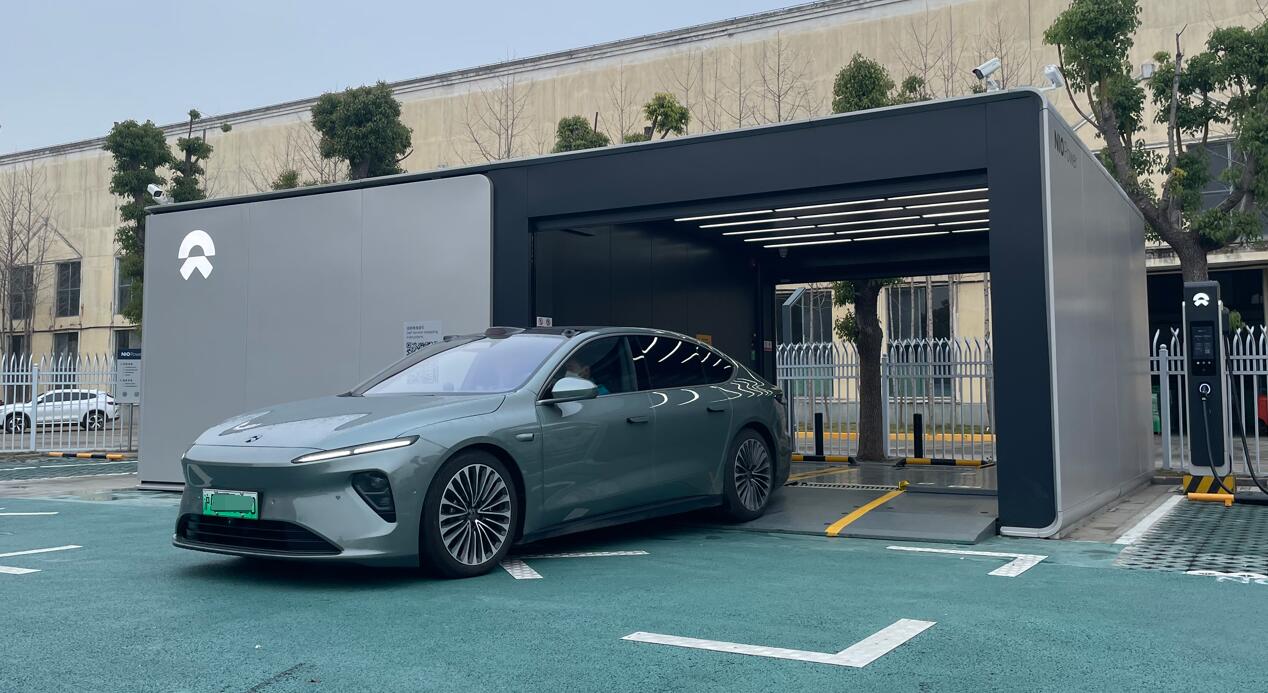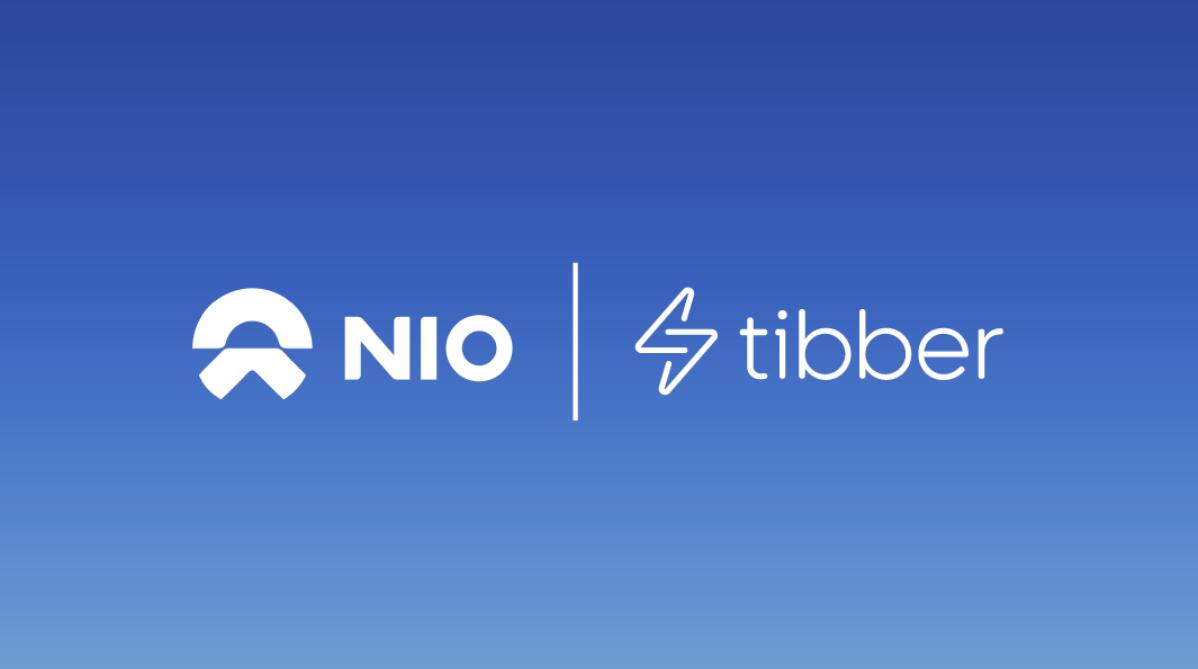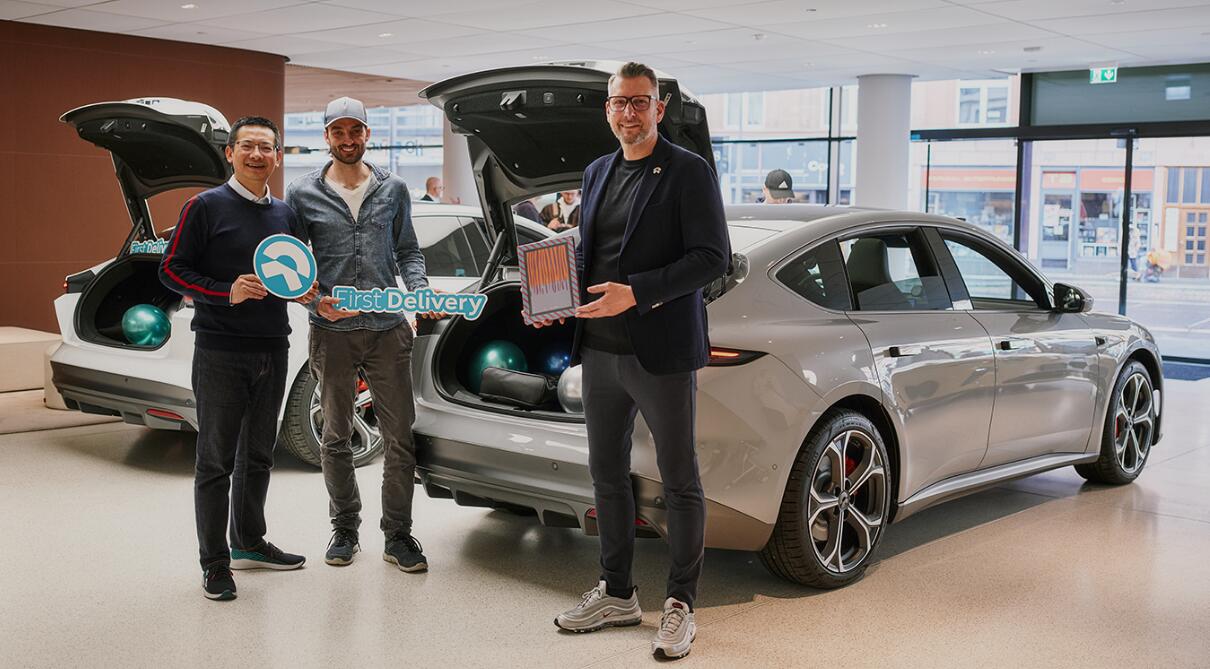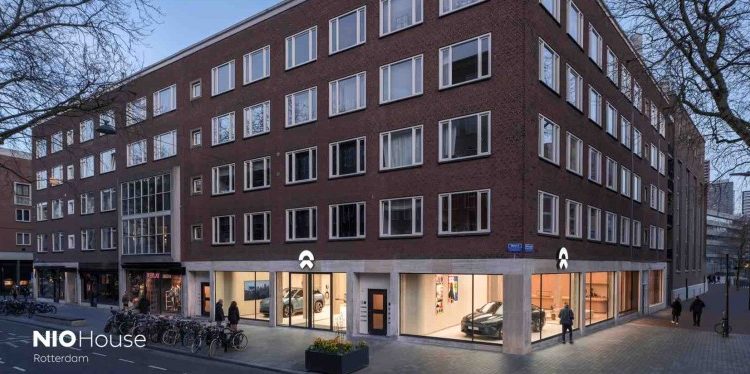NIO, the Chinese electric vehicle (EV) manufacturer, recently unveiled its third-generation battery swap station during a test run in Haikou, Hainan province. This latest facility was showcased alongside a hotel and was attended by NIO’s CEO and senior vice president, among other executives.
The third-generation battery swap station, which was first revealed at the NIO Day 2022 event on December 24, 2022, boasts a 30% increase in daily service capacity compared to its predecessor, capable of servicing up to 408 battery packs a day. Additionally, the station can store up to 21 battery packs, compared to the 13 of the previous generation and five of the first.
Some of NIO’s third-generation battery swap stations will be fitted with two LiDARs and two Nvidia Orin chips, which will provide a total computing power of 508 TOPS.
NIO initially announced plans to add 400 battery swap stations in 2023, but this plan was increased to 1,000 just last month. As of March, the company has only added 20 battery swap stations in China, bringing the total number of facilities to 1,325 so far this year. However, NIO plans to accelerate the deployment of battery swap stations, aiming to have over 2,300 of them in operation by the end of 2023.
NIO’s third-generation battery swap stations will go into mass production in April, with deployment expected to accelerate in May. Starting in June, NIO plans to build 120-150 battery swap stations per month.
The cost of equipment for NIO’s three generations of battery swap stations is relatively similar, but the average cost per battery compartment has decreased significantly as service capacity has increased, according to NIO’s senior vice president of NIO Power, Shen Fei.
Although the first 10 third-generation battery swap stations were expected to go live on March 28, this has not become a reality, and NIO’s current plans appear to be consistent with the previous schedule. Nevertheless, NIO has already built some third-generation battery swap stations in cities such as Beijing and Shanghai, although they have not been put into operation officially.
In conclusion, NIO’s third-generation battery swap station is set to significantly increase the daily service capacity of a single station and aims to accelerate the deployment of battery swap stations across China. With mass production starting soon, the company hopes to continue expanding its facilities and offering a more efficient solution for EV battery charging.







